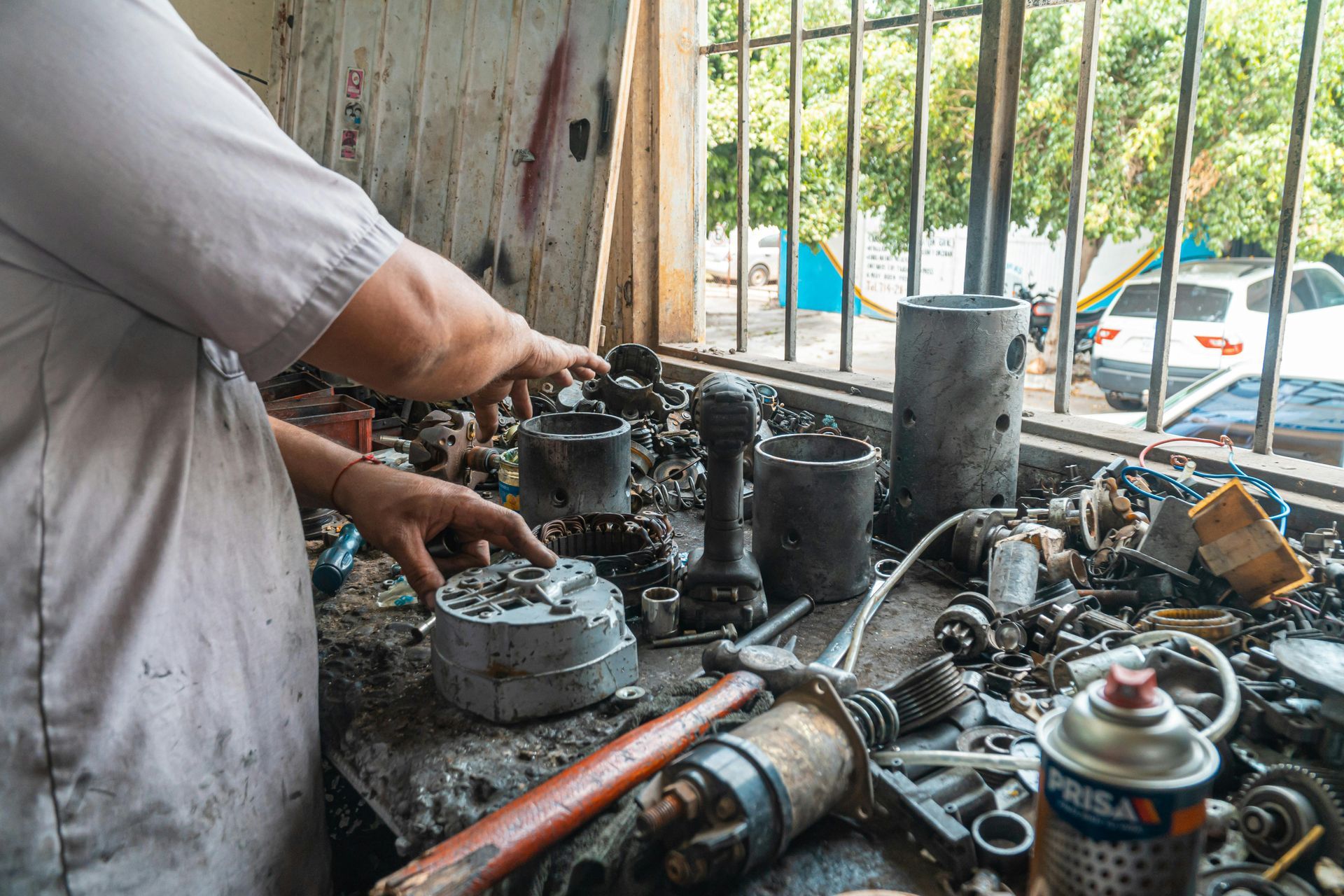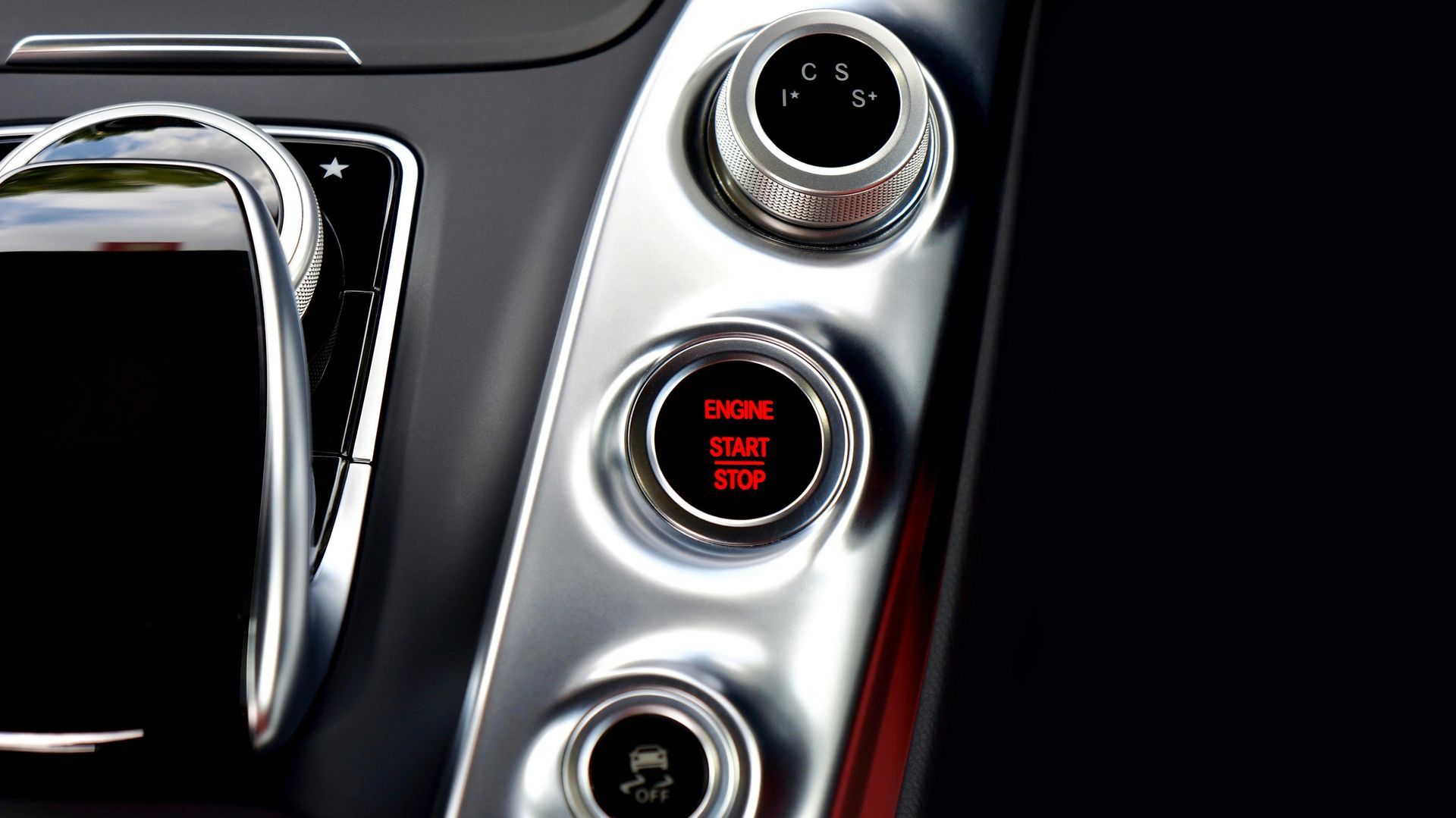How to Inspect a Used Car Before Buying It: A Checklist

Buying a used car can be a smart financial decision, but it comes with risks. Without careful inspection, you might end up with a vehicle that requires expensive repairs or is unsafe to drive. Whether you’re purchasing from a dealership or a private seller, knowing what to look for can save you time, money, and frustration. This checklist will guide you through the essential steps to inspect a used car before buying it.
Exterior Inspection
The first thing to examine is the car’s exterior. This gives you a quick idea of how well the vehicle has been maintained and if there’s any hidden damage.
- Check for Body Damage: Walk around the car and look for dents, scratches, or signs of previous accidents. Mismatched paint or uneven panels can indicate the car has been in an accident and poorly repaired.
- Inspect the Tires: Make sure all four tires have even wear and plenty of tread left. Uneven tire wear could suggest alignment issues or suspension problems.
- Look for Rust or Corrosion: Surface rust is typically not a major concern, but rust underneath the car or in critical areas (like the frame) can be a sign of serious problems down the line.
- Inspect the Windshield and Lights: Check for cracks or chips in the windshield and ensure all lights (headlights, tail lights, turn signals, and brake lights) are working properly.
Under the Hood
The engine is the heart of the car, so a thorough check under the hood is crucial to avoid costly repairs later.
- Check the Fluid Levels: Ensure the car has adequate levels of oil, transmission fluid, brake fluid, and coolant. Low fluid levels can indicate poor maintenance or even a leak.
- Examine the Belts and Hoses: Look for any signs of wear, such as cracks, fraying, or leaks. Worn belts and hoses are relatively cheap to replace but can lead to more significant engine damage if ignored.
- Inspect the Battery: Check for corrosion around the terminals and ensure the battery is securely mounted. Test the battery’s charge if possible, as a weak battery may need replacement soon.
- Look for Leaks: Any sign of oil, coolant, or transmission fluid leaking from the engine or under the car is a red flag that something might be wrong.
Interior Inspection
The interior condition of the car reveals how well it has been cared for and how much wear and tear it has experienced.
- Check the Upholstery: Look for tears, stains, or excessive wear on the seats and carpeting. Make sure the seats adjust properly and feel comfortable.
- Test All Electronics: Make sure the radio, air conditioning, heater, and all dashboard instruments work. Check that the windows, locks, and mirrors operate correctly.
- Inspect the Dashboard for Warning Lights: When you turn on the car, all dashboard warning lights should briefly illuminate. If any lights stay on, it could indicate a problem that needs further investigation.
- Check the Odometer: Verify the mileage on the car. High mileage cars tend to require more maintenance, so balance the car’s age with how much it has been driven.
Test Drive
A test drive is one of the most important parts of the inspection process. It gives you a feel for how the car handles and reveals any potential mechanical issues.
- Start the Car Cold: A car’s engine behaves differently when it’s cold versus warmed up. Start the car when it hasn’t been driven for a while to check for problems like hard starting or strange noises.
- Listen for Unusual Noises: Pay attention to how the engine sounds. Grinding, rattling, or squealing noises during acceleration or braking could indicate issues.
- Test the Brakes: Make sure the car brakes smoothly and doesn’t pull to one side. If the brakes feel spongy or there’s a delay in stopping, the brake system may need repair.
- Check the Steering: The steering wheel should be responsive and free from vibrations. Excessive play or pulling in one direction may signal alignment or suspension issues.
- Evaluate Acceleration and Transmission Shifts: Accelerate at different speeds and test how the transmission shifts between gears. Delays in shifting or jerky transitions could point to transmission problems.
Vehicle History Report
While an inspection reveals a lot about a car’s current condition, a vehicle history report provides insight into its past.
- Check for Accidents: A vehicle history report will show whether the car has been in any serious accidents. Multiple accidents or major repairs could be a red flag.
- Review Ownership History: The report can tell you how many owners the car has had and whether it was used as a rental or fleet vehicle, which may have increased wear and tear.
- Verify Service Records: A well-maintained car will have consistent service records. Gaps in the maintenance history could suggest neglect.
Professional Inspection
If you're serious about purchasing the vehicle, having a professional mechanic perform a pre-purchase inspection is a wise step.
- Get a Mechanic's Opinion: A trained mechanic can spot issues that you may miss during your own inspection. They can assess the car’s condition more thoroughly, especially in areas like the engine, transmission, and suspension.
- Use a Diagnostic Tool: Mechanics often use specialized tools to read the car's onboard computer for hidden issues. This can reveal problems that don't show up during a visual inspection or test drive.
Negotiating Based on Your Inspection
After completing your inspection, use what you’ve learned to negotiate the best price for the vehicle.
- Identify Needed Repairs: If you find minor issues during your inspection, use these as leverage to lower the price. The cost of repairing things like worn tires or replacing the battery can be deducted from the asking price.
- Be Prepared to Walk Away: If you discover major problems, it’s okay to walk away. Don’t feel pressured to buy a car that may cause more headaches down the line.
Conducting a thorough inspection when buying a used car ensures you make a smart investment. By checking everything from the exterior and engine to the car’s history and taking it for a test drive, you’ll be in a strong position to make an informed decision and avoid unexpected surprises after purchase.



